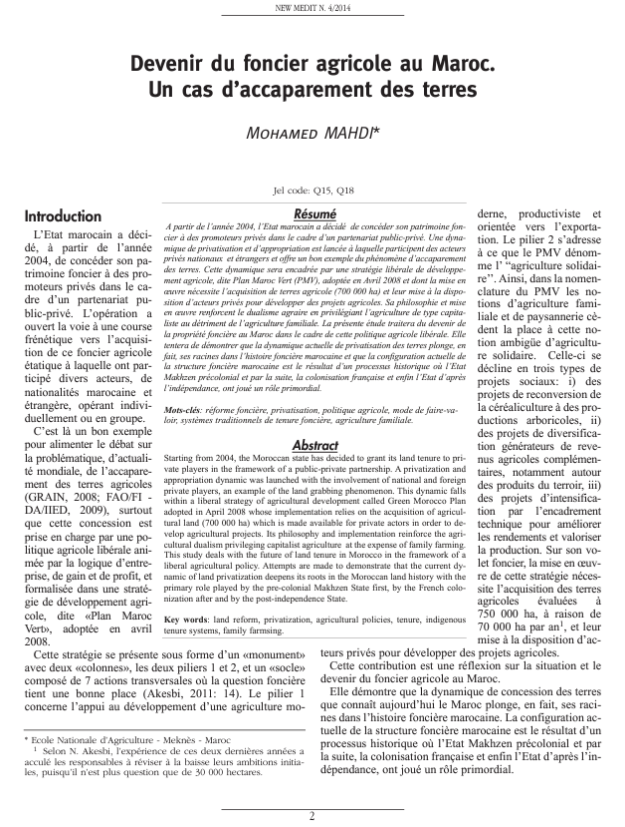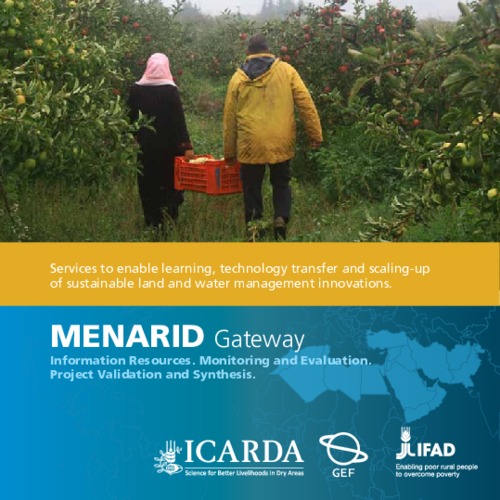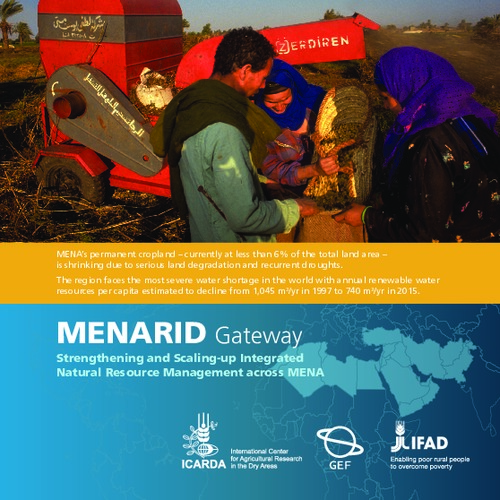The purpose of the United Nations Challenge Badges is to raise awareness, educate and, most of all, motivate young people to change their behaviour and be active agents of change in their local communities. Challenge Badges are appropriate for use with school classes and youth groups, and are…
Over the coming 35 years, agriculture will face an unprecedented confluence of pressures, including a 30 percent increase in the global population, intensifying competition for increasingly scarce land, water and energy resources, and the existential threat of climate change. To provide for a…
This information note covers a twenty year history of the collection and analysis of water-related data and its dissemina - tion as an international public good, freely available to all. The main country database on water resources and their use—itself a major challenge to present in uniform…
83 regularly-updated country profiles that provide information on national policy and legal frameworks related to gender and land rights Gender and land-related statistics from national agricultural censuses and household surveys available through maps, tables and graphs A Legislation…
This paper is the second update of FAO’s original report on this topic. It presents information about the contribution of the forestry sector to national economies at the global, regional and country levels. The study presents the status and trends of the forestry sector’s contribution (total…
Ce document a pour objet de donner un aperçu de ce qu’a été la coopération de la FAO avec le Royaume du Maroc depuis l’ouverture de la Représentation de la FAO à Rabat en 1982 en se concentrant sur les projets d’assistance technique. 134 projets nationaux de ce type ont été mis en oeuvre depuis…
There is growing evidence that investing in developing countries’ agricultural sector is among the most efficient ways to reduce poverty and hunger. Agricultural investments can generate a wide range of developmental benefits, but these benefits cannot be expected to arise automatically and some…
Cereal production accounts for about
seventy percent of all agricultural land in Morocco. Cereal
producer prices, influenced by the government, are higher
than world prices. Production is divided into six broad
agro-climatic…
A partir de l’année 2004, l’Etat marocain a décidé de concéder son patrimoine foncier à des promoteurs privés dans le cadre d’un partenariat public-privé. Une dynamique de privatisation et d’appropriation est lancée à laquelle participent des acteurs privés nationaux et étrangers et offre un bon…
The Menarid Knowledge Management initiative offers three services that will improve the effectiveness and wider use of IFAD projects – and potentially other rural development initiatives active in sustainable land and water management.
MENA’s permanent cropland – currently at less than 6% of the total land area – is shrinking due to serious land degradation and recurrent droughts. The region faces the most severe water shortage in the world with annual renewable water resources per capita estimated to decline from 1,045 m3/yr…
This document is a synthesis of outcomes from a knowledge process that was a collaborative effort involving researchers, scientists, and technicians from Iran, Jordan, Morocco, Tunisia, and Yemen.






